
Conflict resolution is a recurrent theme in Africa. This has prompted the need for innovative ways to create lasting consensus in the region as well as across the continent. One of these innovative ways is peace journalism. It can stimulate peaceful resolution of conflict by voicing different conflicting parties and issues in a balanced and objective manner.
What is Peace Journalism?
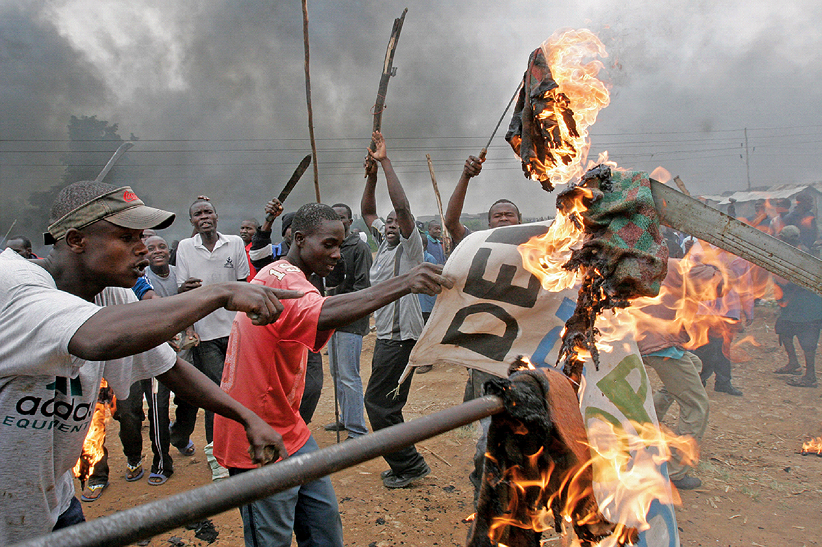
Peace Journalism is a globally distributed reform movement of reporters, academics and activists from all over the Africa, where “editors and reporters make choices – of what to report, and how to report it – that create opportunities for society at large to consider and value non-violent responses to conflict” (Lynch and McGoldrick, 2005). It has been developed from research that indicates that often news about conflict has a value bias toward violence. It also includes practical methods for correcting this bias by producing journalism in both the mainstream and alternative media, and working with journalists, media professionals, audiences, and organizations in conflict.
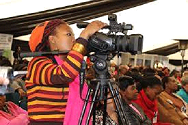 Peace journalism, as the name suggests, is a form of journalism committed to exploring root causes of conflict in order to create opportunities for society at large to consider and value non-violent responses to conflict.
Peace journalism, as the name suggests, is a form of journalism committed to exploring root causes of conflict in order to create opportunities for society at large to consider and value non-violent responses to conflict.
Originally conceived by the eminent peace scholar, Johan Galtung, the Peace Journalism model is a source of practical options for journalists; a lead in to media monitoring for peace activists and offers a firm basis for drawing distinctions in content analysis by academic researchers. Peace journalism: shows backgrounds and contexts of conflicts; hears from all sides; explores hidden agendas; highlights peace ideas and initiatives from anywhere at any time.
At AU Watch, we embrace Peace Journalism by working with journalists, volunteers, academics, and students all over Africa to improve reporting about conflicts, social unrest, reconciliation, solutions, and peace. Through our courses, workshops, lectures, magazine (“Silencing The Guns”), blog, and other resources, our unit encourages media to reject sensational and inflammatory reporting, and produce counter-narratives that offer a more nuanced view of those who are marginalized—ethnic/racial/religious minorities, women, youth, and migrants.
What We Do To Enhance Peace Journalism
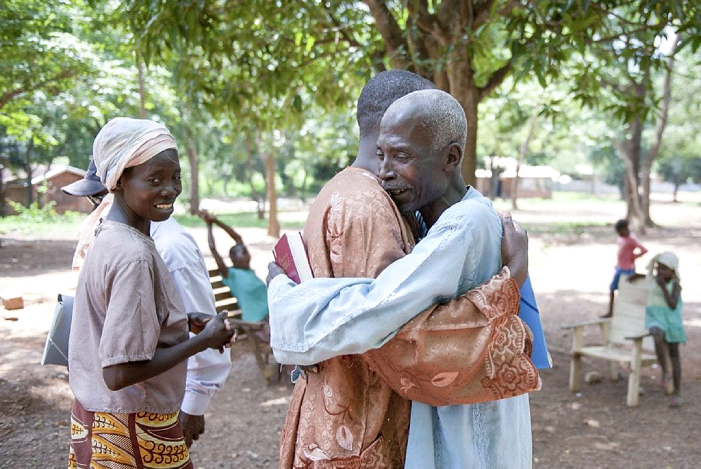
⦁ Explore the formation of conflicts: who are the parties involved; what are their goals; what is the socio-political and cultural context of the conflict; what are the visible and invisible manifestations of violence;
⦁ Avoid the de-humanisation of the parties involved and expose their interests;
⦁ Offer nonviolent responses to conflict and alternatives to militarised/violent solutions;
⦁ Report nonviolent initiatives that take place at the grassroots level and follow the resolution, reconstruction and reconciliation phases.
Peace Journalism Elements
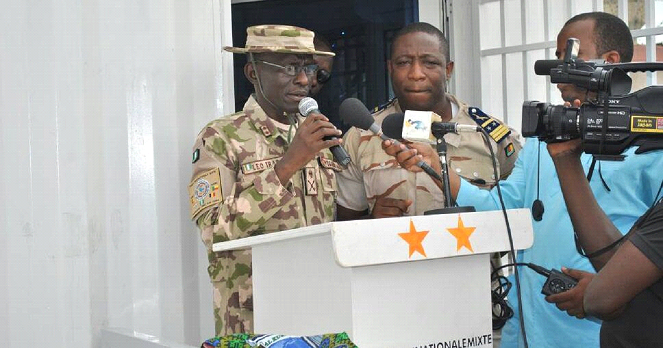
1. PJ is proactive, examining the causes of conflict, and leading discussions about solutions.
2. PJ looks to unite parties, rather than divide them, and eschews oversimplified “us vs. them” and “good guy vs. bad guy” reporting.
3. Peace reporters reject official propaganda, and instead seek facts from all sources.
4. PJ is balanced, covering issues/suffering/peace proposals from all sides of a conflict.
5. PJ gives voice to the voiceless, instead of just reporting for and about elites and those in power.
6. Peace journalists provide depth and context, rather than just superficial and sensational “blow by blow” accounts of violence and conflict.
7. Peace journalists consider the consequences of their reporting.
8. Peace journalists carefully choose and analyse the words they use, understanding that carelessly selected words are often inflammatory.
9. Peace journalists thoughtfully select the images they use, understanding that they can misrepresent an event, exacerbate an already dire situation, and re-victimize those who have suffered.
10. Peace Journalists offer counter-narratives that debunk media created or perpetuated stereotypes, myths, and misperceptions.
“Silencing the Guns” Magazine
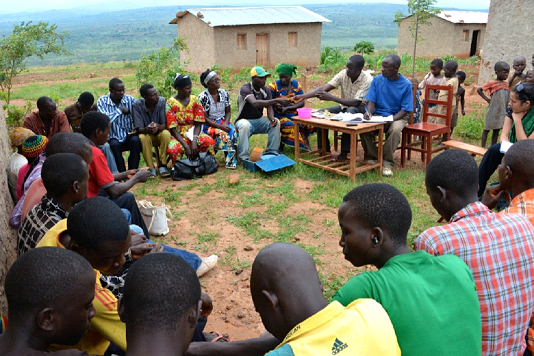
Our Peace Journalism magazine, “Silencing the Guns”, involves responsible and conscientious media coverage of conflict, that aims at contributing to peacemaking, peacekeeping, and changing the attitudes of media owners, advertisers, professionals and audiences towards war and peace. At the level of news content, our reporters have to refer to a set of choices “of what to report, and how to report it. The aim is to create opportunities for society to consider and value nonviolent responses to conflict.
Interested in Peace Journalism?
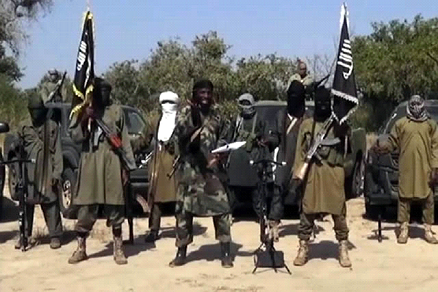
Are you a journalist? Are you interested in contributing to peace in Africa by writing for us? The way you report a conflict story, may well affect the end result of that conflict. We are looking for writers and investigative journalists who can contribute of our magazine, “Silencing the Guns”.
If you are new to peace journalism, you will be taught how to report and write conflict stories that contribute to peace.
The approach opens the possibility of a new road map tracing the connections between journalists, their sources, the stories they cover – and the consequences of their journalism. It builds awareness of nonviolence and creativity into the practical job of everyday editing and reporting that brings different parties to the negotiating table.